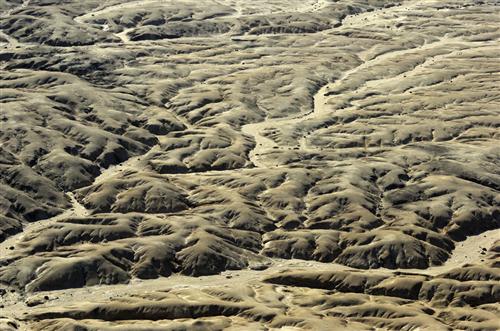Environmental accounting began in the 1970s and was a major step towards placing a value on natural resources previously taken for granted. The System of Integrated Environmental and Economic Accounts (SEEA) was created in 1993 through the cooperation of numerous international organisations, including the United Nations Statistical Commission for environmental accounting. The SEEA guidelines provide a united framework that standardises environmental accounting within and between countries. Because water accounting is not covered in detail in the SEEA handbook, the SEEAW (specific to water accounting) was created in 2006. All international water agencies have acknowledged that water is an economic good, to some degree. The next step is creating policies and legislation that allocate this economic good to the environment as environmental flows or ecological requirements (Lange and Hassan 2006).
A certain volume of water is needed to maintain any water resource—estuary, wetland, river, lake—in a desired condition. Water must therefore be allocated from the available stream-flow to meet environmental flow requirements, and to provide dilution where water quality has become a problem. Water provides many values not traditionally assigned a monetary value, such as the value that a good or service has to society in general, from an environmental and social perspective. People are willing to pay for water quality but to date no formal market exists.
Although environmental flows and water quality are only beginning to be addressed through water management strategies in southern Africa, the SEEA addresses these concepts. The SEEA identifies two ways in which environmental degradation can be valued: cost based, where the value reflects the cost of preventing negative impacts, and damage based, where the value reflects the economic benefits of maintaining environmental integrity. In the case of water, economic damages related to the degradation of water quality could relate to human health impacts and premature death and other issues, including increased in-plant water treatment in industry (Lange and Hassan 2006).
Environmental flows are starting to be incorporated in water accounts in the Orange-Senqu River basin. South Africa is the only country to formally include environmental flow requirements in water accounting, but the basin other countries are moving in this direction. Although water pricing does not formally consider sustainability in Botswana, block tariffs, environmental impact assessments and water conservation strategies are the first steps towards full integration of environmental flows. In Namibia, environmental flow requirements are part of the Constitution but are not considered in water accounts due to a lack of information at this time (Lange and Hassan 2006). Although water accounts have not yet been created for Lesotho, the economic valuation of water in Lesotho is discussed in Lange et al. (2007).
Under conditions of water scarcity, which prevail in southern Africa, water allocation decisions must reflect a direct trade-off between the quality of the environment preserved, and the economic value foregone.

Dry river beds in southern Namibia.
Source:iStockphoto/Steiner 2008
( click to enlarge )
